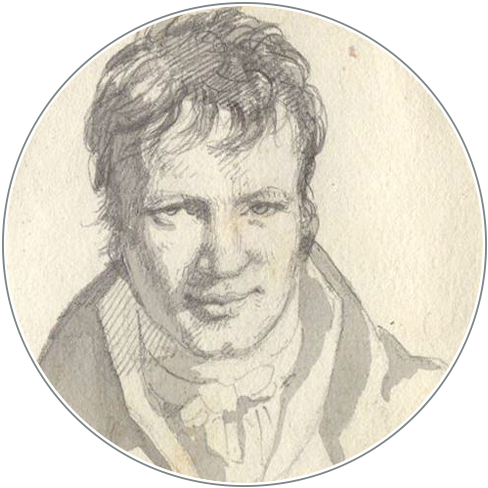Brazilian Native useful plants in Humboldt and Bonpland’s travel records and works: biodiversity and traditional knowledge beyond borders
DOI:
https://doi.org/10.18443/384Schlagworte:
Naturgeschichte, historische Ethnobotanik, Naturforscher, traditionelles Wissen, brasilianische BiodiversitätAbstract
Abstract
Alexander von Humboldt and Aimé Bonpland were unable to cross into Brazil during their American expedition (1799–1804). The Portuguese Crown strictly controlled Brazil’s borders during the colonial period, banning entry of most foreign travelers, and Brazilian ports were opened to friendly nations only in 1808. Though they never officially entered Brazil, Humboldt and Bonpland influenced later travelers and described many native Brazilian plant species, like Bertholletia excelsa, Fridericia chica, and Paullinia cupana. Since Venezuela, Colombia, and Peru share borders with Brazil, these countries possess vast shared biodiversity, especially in the Amazon. Studying the plants described by Humboldt and Bonpland in their travel journals and Plantes Équinoxiales provides insights into Brazilian flora, particularly regarding traditional uses, bioeconomy, and conservation strategies.
Resumen
Alexander von Humboldt y Aimé Bonpland no pudieron cruzar a Brasil durante su expedición americana (1799–1804). La Corona portuguesa controlaba estrictamente las fronteras de Brasil durante el período colonial, prohibiendo la entrada de la mayoría de los viajeros extranjeros. Los puertos brasileños solo se abrieron a naciones amigas en 1808. Aunque nunca ingresaron oficialmente a Brasil, Humboldt y Bonpland influyeron en viajeros posteriores y describieron muchas especies de plantas nativas brasileñas, como Bertholletia excelsa, Fridericia chica y Paullinia cupana. Dado que Venezuela, Colombia y Perú comparten fronteras con Brasil, estos países poseen una vasta biodiversidad compartida, especialmente en la Amazonía. El estudio de las plantas descritas por Humboldt y Bonpland en sus diarios de viaje y en Plantes Équinoxiales ofrece valiosos conocimientos sobre la flora brasileña, en particular sobre sus usos tradicionales, la bioeconomía y las estrategias de conservación.
Zusammenfassung
Alexander von Humboldt und Aimé Bonpland konnten während ihrer amerikanischen Expedition (1799–1804) nicht nach Brasilien einreisen. Die portugiesische Krone kontrollierte die Grenzen Brasiliens während der Kolonialzeit streng und verbot den meisten ausländischen Reisenden die Einreise. Erst 1808 wurden die brasilianischen Häfen für befreundete Nationen geöffnet. Obwohl Humboldt und Bonpland Brasilien nie offiziell betraten, beeinflussten sie spätere Reisende und beschrieben zahlreiche einheimische brasilianische Pflanzenarten wie Bertholletia excelsa, Fridericia chica und Paullinia cupana. Da Venezuela, Kolumbien und Peru an Brasilien grenzen, teilen diese Länder eine große Biodiversität, insbesondere im Amazonasgebiet. Die Untersuchung der von Humboldt und Bonpland in ihren Tagebüchern und in Plantes Équinoxiales beschriebenen Pflanzen bietet wertvolle Einblicke in die brasilianische Flora, insbesondere in Bezug auf traditionelle Nutzungen, Bioökonomie und Naturschutzstrategien.

Downloads
Veröffentlicht
Zitationsvorschlag
Ausgabe
Rubrik
Lizenz
Copyright (c) 2025 Leopoldo Baratto

Dieses Werk steht unter der Lizenz Creative Commons Namensnennung - Nicht-kommerziell 4.0 International.
Die Rechte der eingesandten Artikel bleiben bei den Autoren und werden unter einer Creative Commons-Lizenz (CC BY-NC 4.0) veröffentlicht. Alle bei HiN publizierenden Autorinnen und Autoren akzeptieren dieses Lizenzmodell.
Die Autorinnen und Autoren tragen die Verantwortung für das Einwerben der Bildrechte.
Die Rechte am Layout und Design der Zeitschrift sind nicht übertragbar und können nicht ohne vorherige Zustimmung von HiN in anderen Publikationen weiterverwendet werden.









